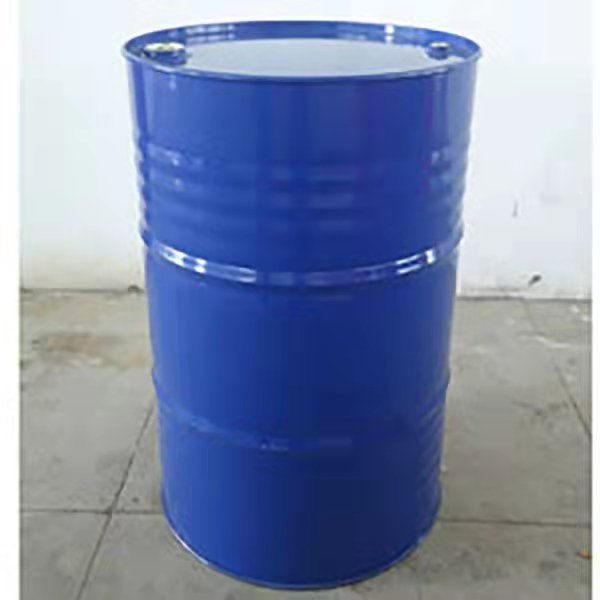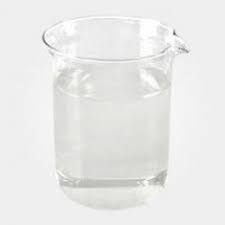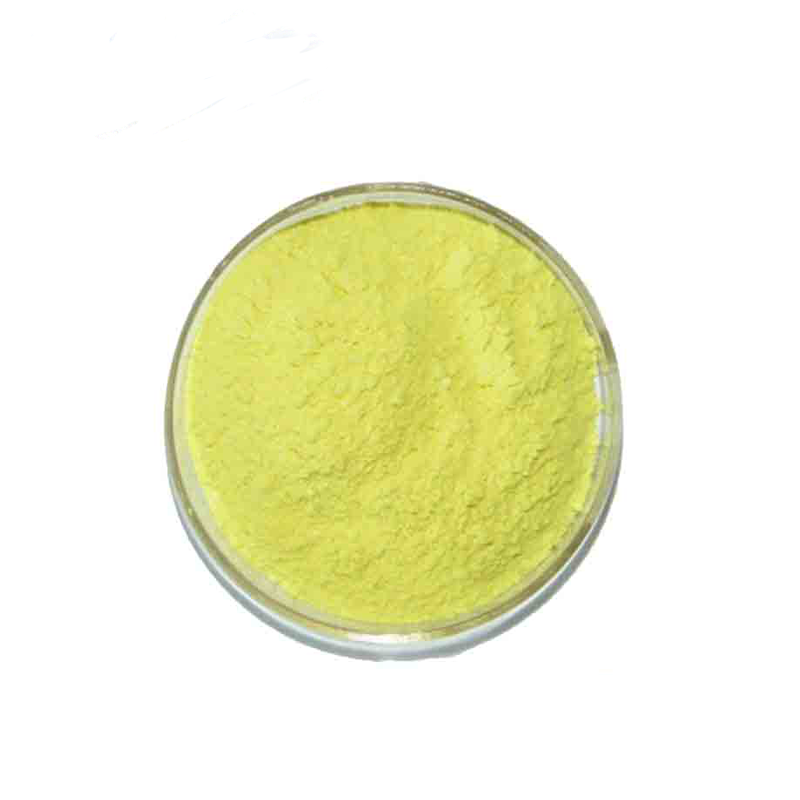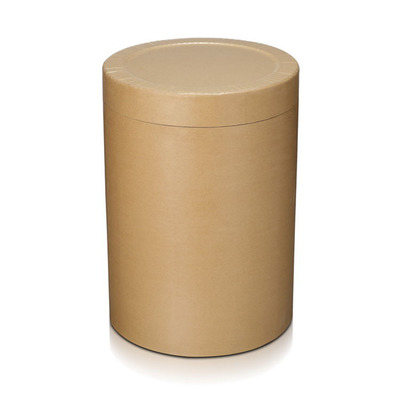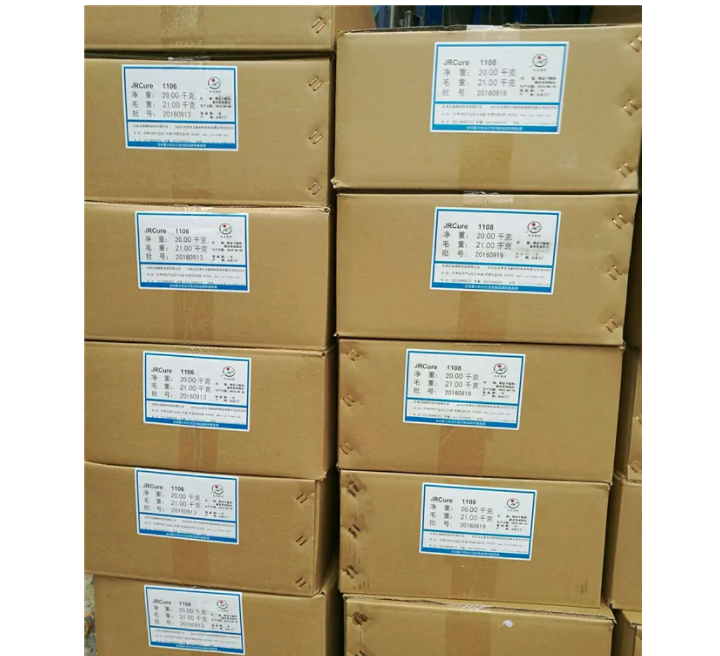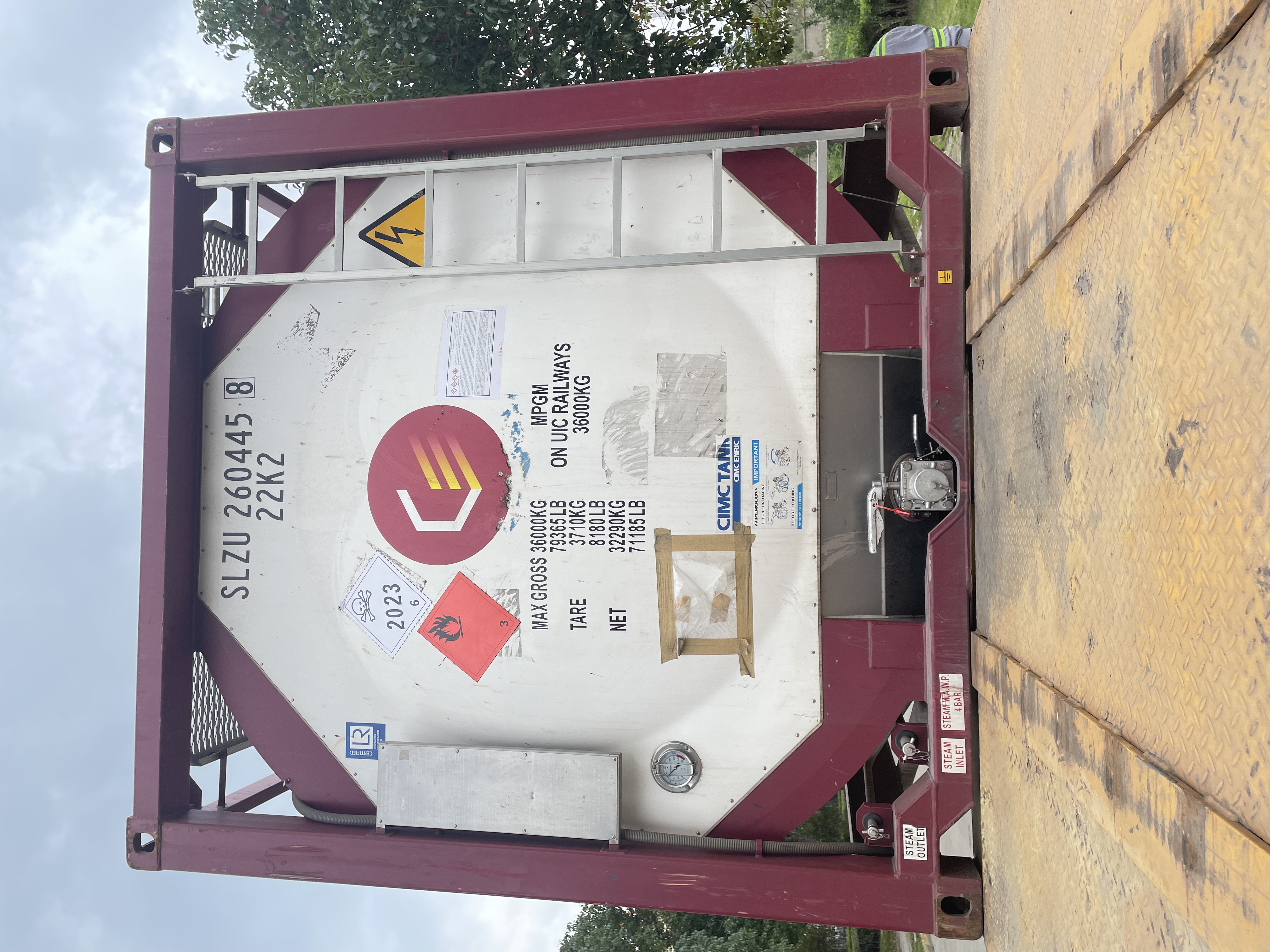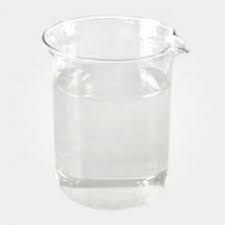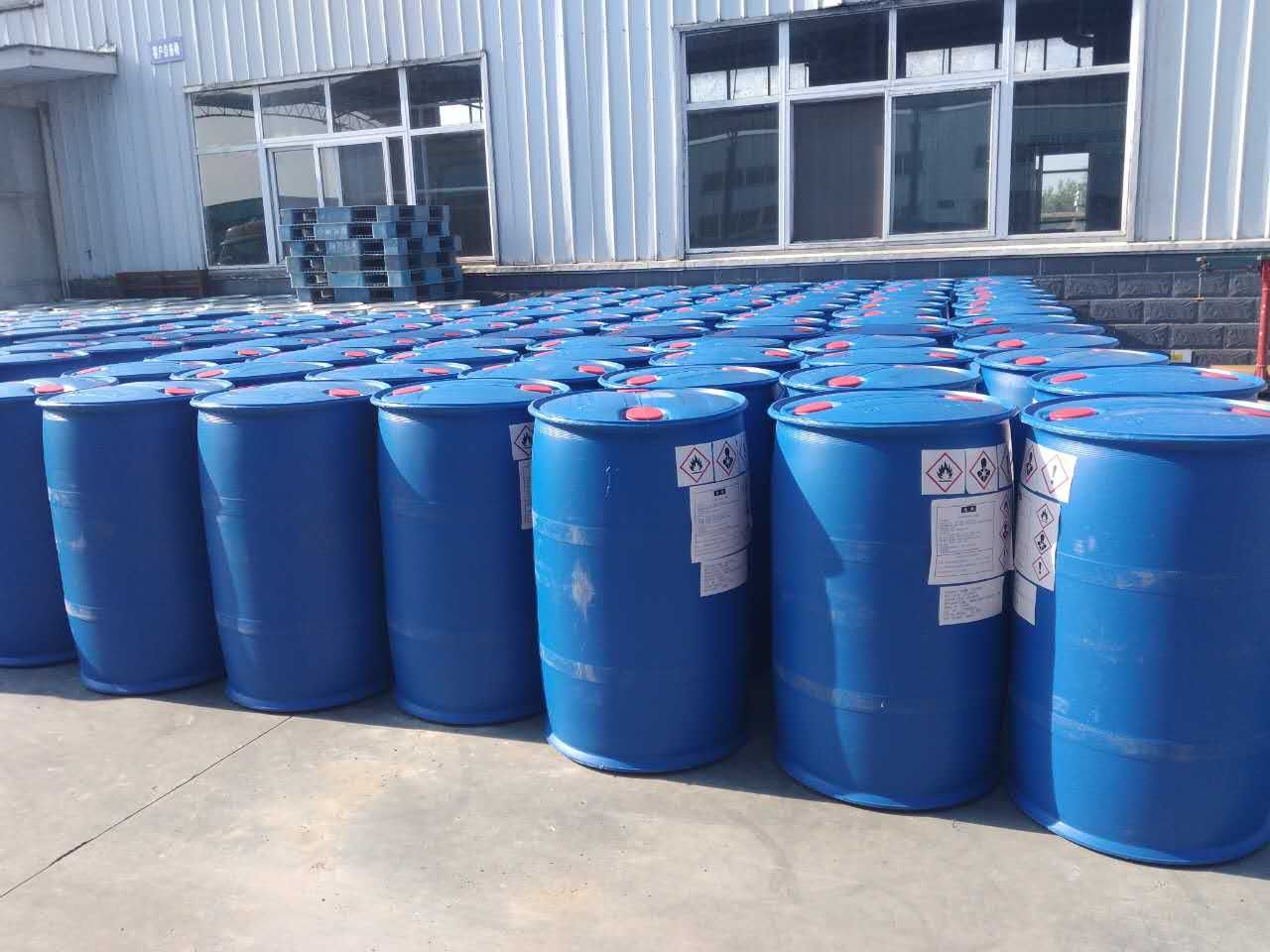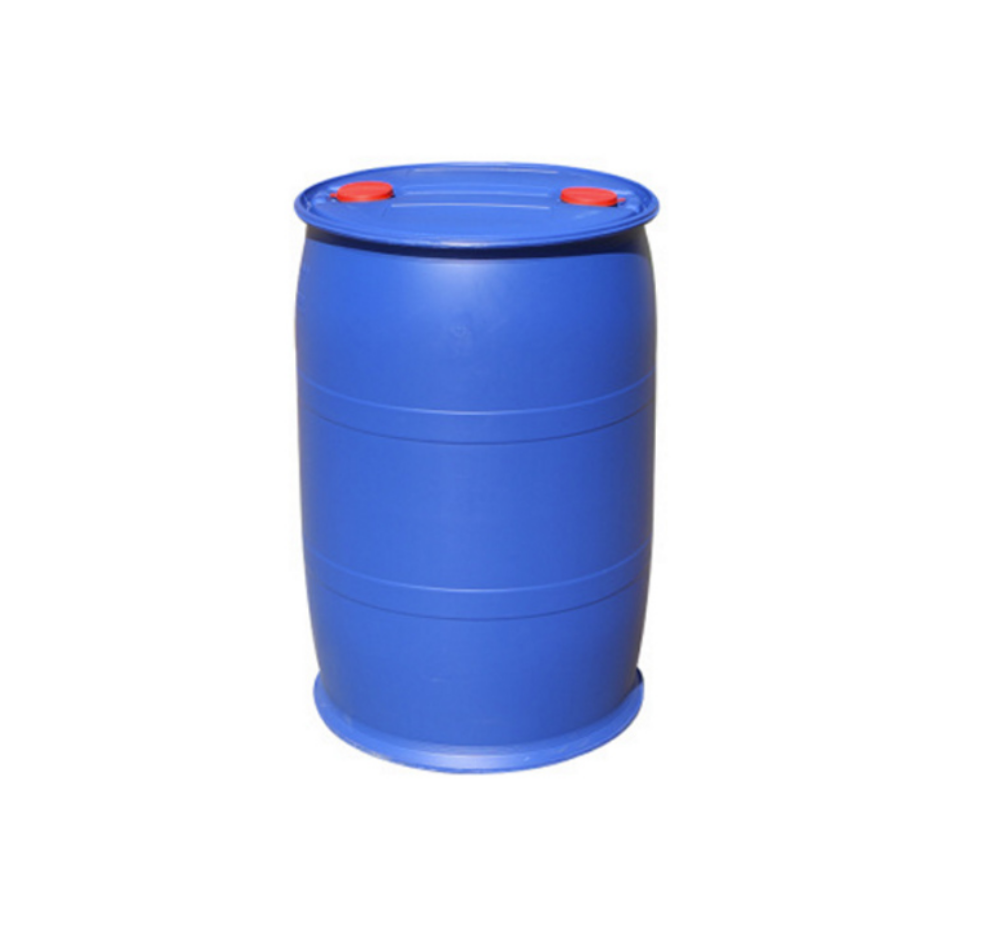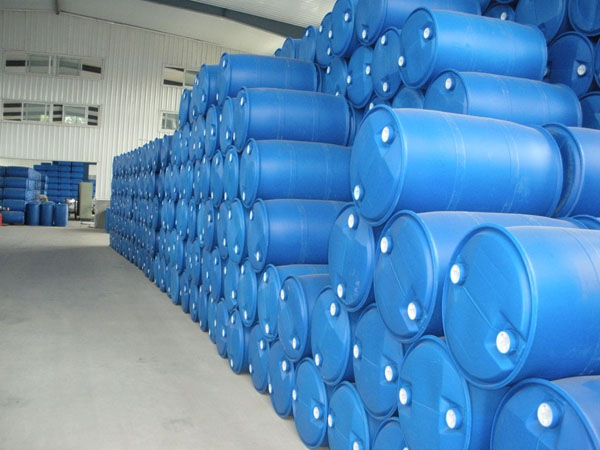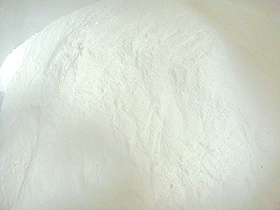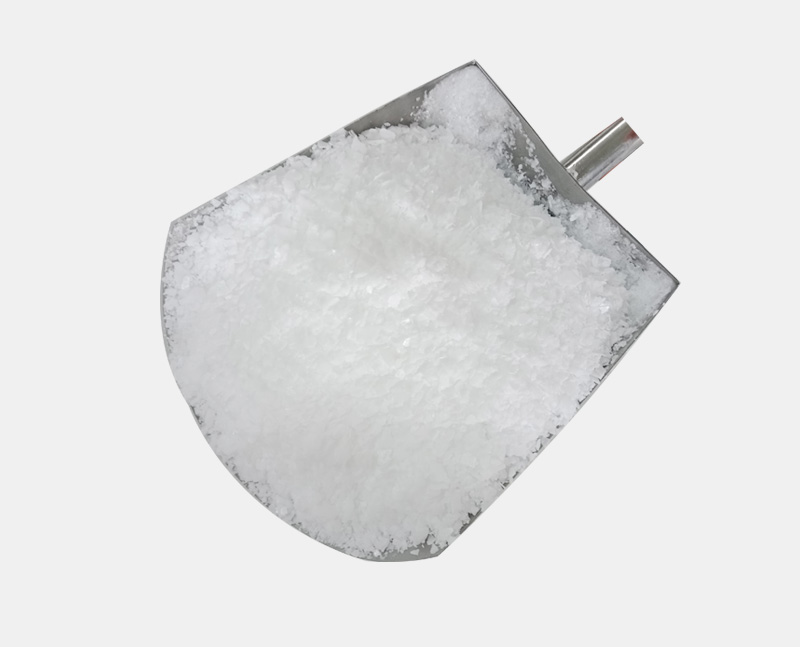Road Coatings
Phenolic Resin Paint
Fireproof (Waterproof) Coating
Epoxy Paint
Polyurethane Paint
Marine Coatings
Asphalt Paint
Auxiliary
Architectural Coatings
Grease Paint
Acrylic Paint
Anti Rust and Anti-Corrosion Paint
Coating (Paint) Additives
Light Industrial Coatings
Electrical Insulating Coating
Ink
Automotive Coatings
Amino Resin Paint
Wood Coatings
Rubber Plastic Coating
Other (Paint) Coatings
Polyester Paint
Alkyd Resin Paint
CAS:71-41-0
Molecular Formula:C5H12O
Alias
More Information
Pentan-1-Ol; N-Amyl Alcohol; Amyl Alcohol; N-Pentanol; Pentanol; Pentyl Alcohol; Butylcarbinol; N-Pentyl Alcohol; 1-Pentyl Alcohol; Amylol; N-Butylcarbinol; Pentanol-1; Pentasol; Alcool Amylique; Butyl Carbinol; N-Amylalkohol; N-Pentan-1-Ol; Primary Amyl Alcohol; Amylalkohol; Petan-1-Ol
Brief Introduction
This product is mainly used as food flavors, used in chocolate, whisky, chive, apple, nuts, bread, cereals and other flavors. It is also used as coating solvent, raw material for medicine, flotation agent for non-ferrous metal, antifoam agent for boiler water.
Suppliers
View More Vendors (3) >
CAS:75980-60-8
Molecular Formula:C22H21O2P
Alias
More Information
Diphenyl-(2,4,6-Trimethylbenzoyl)-Phosphine Oxide; (Diphenylphosphoryl)(Mesityl)Methanone; Phosphine Oxide, Diphenyl(2,4,6-Trimethylbenzoyl)-; Diphenylphosphoryl-(2,4,6-Trimethylphenyl)Methanone; Yf-Pi Tpo; Iht-Pi Tpo; Photosensitizer TPO; Photo Sensitizer TPO; Photoinitiator Jrcure-1108; TPO
Brief Introduction
As photoinitiator, it is mainly used for silk screen printing ink, lithographic printing ink, flexo printing ink and wood coating. TPO can be completely cured on the pigmented surface of white or high titanium dioxide. It is widely used in various coatings. Because of its excellent absorption performance, it is especially suitable for silk screen printing ink, lithography, flexographic ink and wood coating. The coating does not turn yellow, the post polymerization effect is low and there is no residue. It can also be used for transparent coating, especially for products with low odor requirements. When used alone in unsaturated polyester containing styrene system, it has high initiation efficiency. Acrylate systems, especially colored systems, usually need to be combined with amine or acrylamide and other photoinitiators to achieve complete curing of the system, especially for low yellowing, white systems and thick films. When the photoinitiator TPO is used with mob240 or cbp393, the curing efficiency can be improved. It is the best extraction solvent for petroleum aromatics units and is also used as formylation reagent in fine chemical industry.
Suppliers
View More Vendors (3) >
CAS:79-41-4
Molecular Formula:C4H6O2
Alias
More Information
Loctite3298; Metaacrylic Acid; 2-Methylpropenoic Acid; MAA; Acidemethacrylique; Acidometacrilico; 2-Propenoic Acid, 2-Methyl-; Ge110; (Methyl)Acrylic Acid; Methylcrotonic Acid; 2-Methylacrylic Acid; .Alpha.-Methylacrylicacid; 2-Methyl-2-Propenoic Acid
Brief Introduction
As an important chemical raw material, methylacrylic acid has two functional groups, carbon carbon double bond and carboxylic acid group, so it can be polymerized and esterified. At room temperature, methylacrylic acid is colorless and transparent liquid, easy to dissolve in hot water, ethanol and most organic solvents. It is mainly used for coating, insulating materials, adhesives and ion exchange resin. It is an important intermediate of organic chemical raw materials and polymers. The most important derivative of the product, methyl methacrylate, can be used for windows of aircraft and civil buildings, buttons, solar filters and automobile lamp lenses. The coating made by methylacrylic acid has superior suspension, rheology and durability. The binder can be used for bonding metal, leather, plastic and building materials. Methacrylate polymer emulsion is used as fabric finishing agent and antistatic agent. In addition, the methylacrylic acid can also be used as raw material for synthetic rubber.
Suppliers
View More Vendors (3) >
CAS:101-43-9
Molecular Formula:C10H16O2
Alias
More Information
Chma; 2-Methyl-2-Propenoic Acid Cyclohexyl Ester; Cyclohexyl 2-Methylprop-2-Enoate; 2-Propenoic Acid, 2-Methyl-, Cyclohexyl Ester; Methacrylic Acid Cyclohexyl Ester; Cyclohexyl A-Methylacrylate
Brief Introduction
The product is mainly used in coating, plastic, textile, leather and paper industries as monomer or comonomer for solution polymerization or suspension polymerization.
Suppliers
View More Vendors (3) >
CAS:126-30-7
Molecular Formula:C5H12O2
Alias
More Information
Neopentyl Glycol (NPG); 2,2-Dimethylpropane-1,3-Diol; NPG; 2,2-Bis(Hydroxymethyl)Propane; Npg Glycol,Neopentylglycol; Neopentyl Glycol; 2,2-Dihydroxy-2,2-Dimethylpropane; 1,3-Propanediol, 2,2-Dimethyl-; 1,3-Dihydroxy-2,2-Dimethylpropane; 1,3-Propanediol,2,2-Dimethyl-; 2,2-Dimethyl-1,3-Dihydroxypropane; Neopentyl Glyco; 2,2-Dimethyl-1,3-Propanediol (Npg); 2,2-Dimethylpropan-1,3-Diol; neo Pentyl Glycol
Brief Introduction
The use of new amyl glycol is very extensive. It is mainly used as a plasticizer for producing unsaturated polyester resin, oil-free alkyd resin, polyurethane foam and elastomer, additives for high-grade lubricants and other fine chemicals. Neopentyl glycol is an excellent solvent for selective separation of aromatic hydrocarbons and naphthenic hydrocarbons. Neopentyl glycol has water resistance, chemical resistance and weather resistance. The amino baking varnish has good light retention and no yellowing. It can also be used as raw materials for the production of polymerization inhibitor, stabilizer and insecticide.
Suppliers
View More Vendors (3) >
Inquiry (
10
/ 10
)
Clear All
Sign In
Error!

